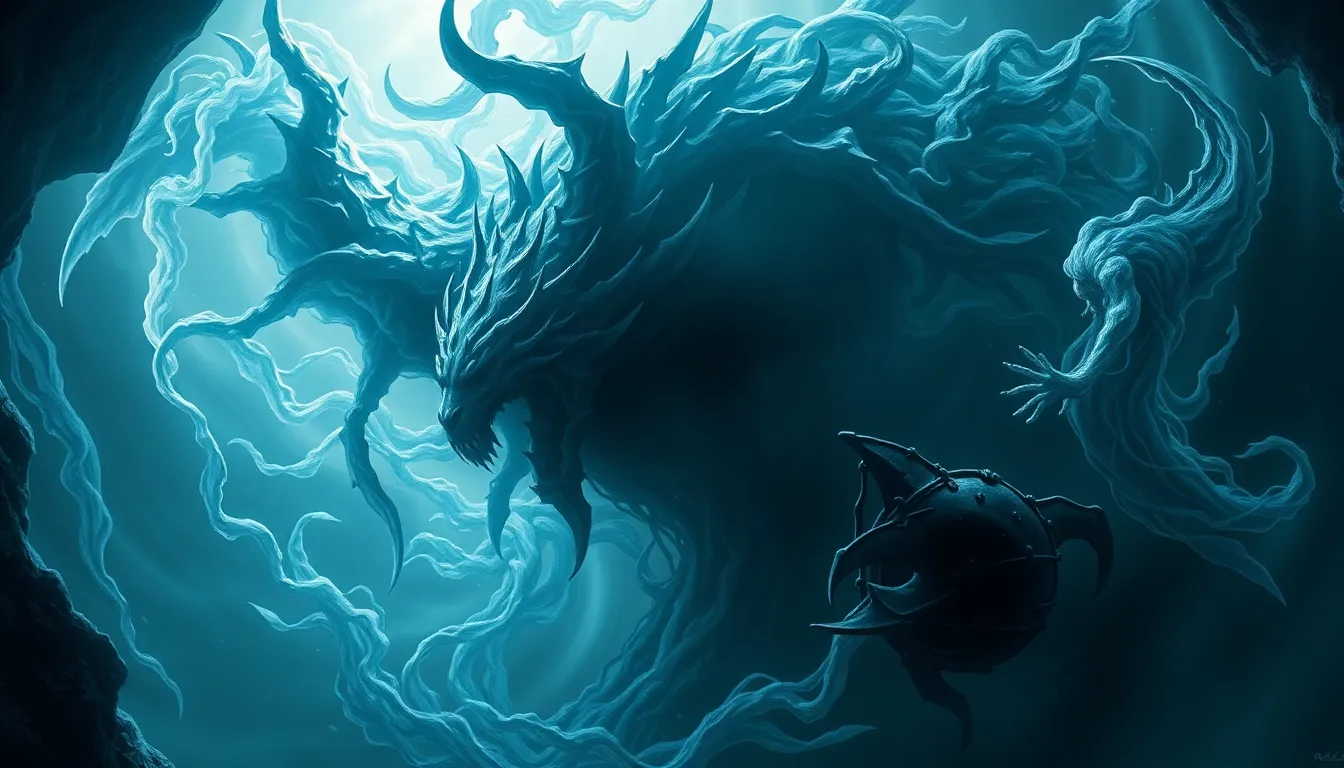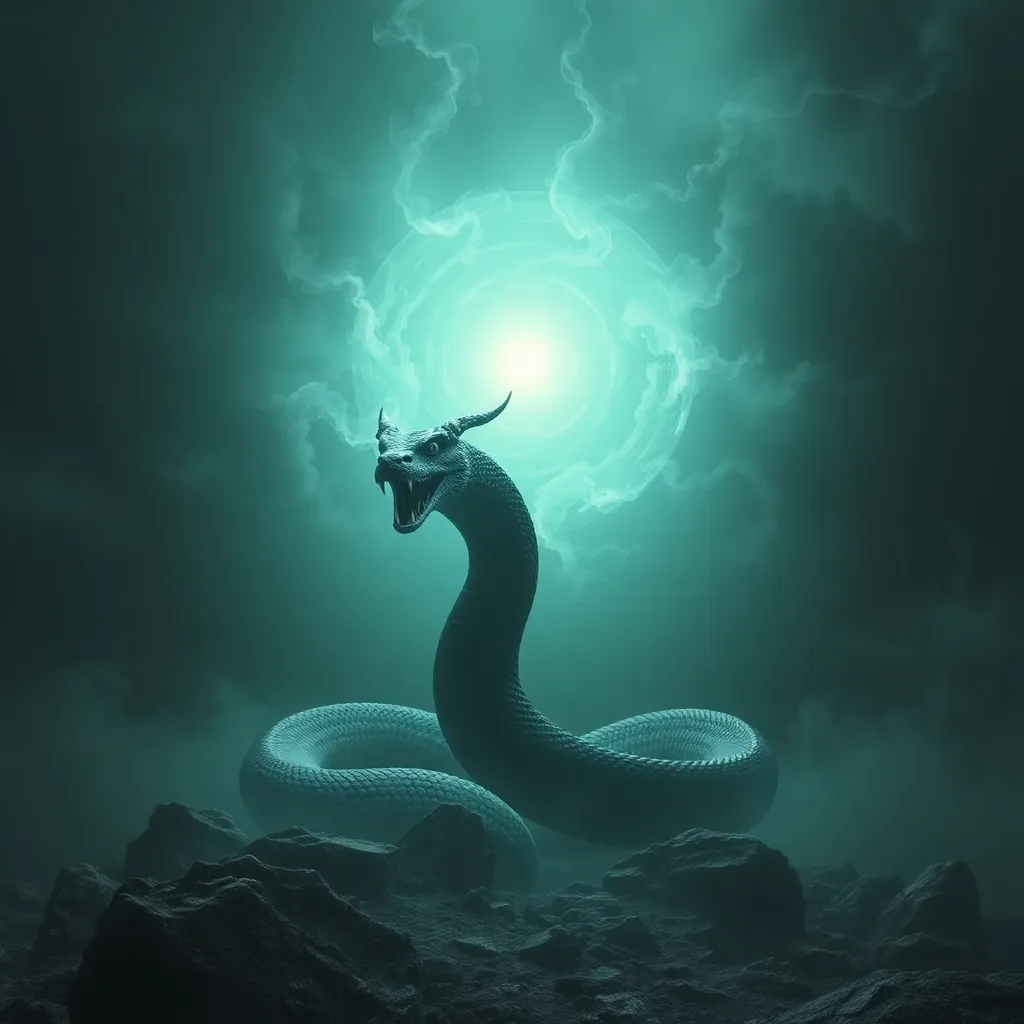The Deathless in Anthropology: Studying Koschei’s Cultural Significance
I. Introduction to Koschei: The Deathless Figure in Slavic Mythology
Koschei, often referred to as Koschei the Deathless, is a prominent figure in Slavic mythology, embodying the archetype of the immortal antagonist. His character is typically depicted as a powerful sorcerer or a malevolent spirit who cannot be killed by conventional means. Koschei’s essence is intricately linked to themes of death, immortality, and the struggle between good and evil. He is often characterized by his cunning nature, malevolence, and a deep connection to the supernatural.
The significance of studying mythological figures like Koschei in anthropology lies in their ability to reflect the cultural values, fears, and existential questions of the societies that created them. By analyzing Koschei’s character, we gain insight into the Slavic worldview, their understanding of life and death, and the moral lessons embedded in their folklore.
II. Historical Context of Koschei in Slavic Folklore
The myth of Koschei has its roots in Eastern European cultures, particularly among the Slavic peoples. Scholars trace the origins of Koschei back to ancient pagan traditions, where he may have been associated with death and the underworld. Over time, the character evolved, merging with Christian themes and local folklore.
Throughout various narratives, Koschei’s portrayal has changed. Initially, he was likely a more ambiguous figure, perhaps even a trickster or a deity associated with nature’s darker aspects. However, as Slavic societies became more influenced by Christianity, Koschei transformed into a more defined villain, often opposed to heroic figures who embody virtues such as bravery and compassion.
III. Symbolism of Death and Immortality in Koschei’s Narrative
At the core of Koschei’s narrative is the concept of deathlessness, which serves as a cultural symbol reflecting humanity’s fascination and fear of immortality. Koschei’s inability to die is not merely a supernatural trait; it represents profound existential themes such as the nature of life, the inevitability of death, and the consequences of seeking eternal life.
The notion of deathlessness in Koschei’s story can be understood in several ways:
- Fear of the Unknown: Koschei embodies the fear of what lies beyond death, representing the darker aspects of human existence.
- The Burden of Immortality: His immortality is portrayed as a curse rather than a blessing, suggesting that eternal life comes with immense suffering.
- Conflict with Mortality: Koschei’s interactions with mortal heroes highlight the tension between life and death, good and evil.
IV. Cultural Interpretations of Koschei Across Different Regions
Koschei’s character manifests differently across various Slavic cultures, with notable distinctions in Russian, Ukrainian, and Belarusian folklore. In Russian tales, he often appears as a powerful adversary to the hero, whereas in Ukrainian folklore, he may be depicted with more complexity, sometimes embodying tragic elements.
Comparative analysis with other mythological figures reveals intriguing parallels:
- Hades (Greek Mythology): Like Koschei, Hades rules over death but is not inherently evil, representing a different cultural approach to the afterlife.
- Yama (Hindu Mythology): Yama, the god of death, shares similarities with Koschei as both figures serve as guardians of the afterlife, but Yama is often regarded with reverence.
V. Anthropological Theories and Methods Applied to Koschei’s Study
Examining Koschei through anthropological lenses can yield deeper understanding of his role and significance. Key theories applicable to his study include:
- Structuralism: This theory helps analyze the underlying structures in myths, revealing how Koschei’s story reflects societal values and norms.
- Functionalism: This perspective focuses on the role of myths in society, examining how Koschei’s narrative serves to educate and enforce moral codes.
Methodologies used in analyzing folklore include:
- Textual Analysis: Close readings of stories featuring Koschei to identify recurring themes and symbols.
- Field Studies: Engaging with contemporary practitioners of Slavic folklore to understand the living traditions surrounding Koschei.
VI. Koschei’s Role in Contemporary Slavic Culture and Identity
In modern literature, art, and popular culture, Koschei continues to resonate as a symbol of the battle between life and death. His character has been reimagined in various forms, from literature to film, often reflecting contemporary societal issues.
The impact of globalization has also influenced perceptions of traditional figures like Koschei, leading to:
- Hybrid Representations: New interpretations that blend traditional Slavic elements with global narratives.
- Revitalization of Folklore: A renewed interest in Slavic mythology as a source of cultural identity and pride.
VII. Critical Perspectives on the Interpretation of Koschei
Critical perspectives, including feminist and post-colonial critiques, shed light on the implications of immortal figures like Koschei in societal constructs. Feminist critiques often examine the gender dynamics within Koschei’s narratives, particularly how female characters are portrayed in relation to his power.
Post-colonial perspectives may explore how Koschei represents broader themes of oppression and resistance within Slavic history, reflecting the struggles of marginalized communities.
VIII. Conclusion: The Continued Relevance of Koschei in Anthropological Discourse
In summary, the study of Koschei as a mythological figure provides valuable insights into Slavic culture, beliefs about death and immortality, and the complexities of human existence. His enduring presence in folklore highlights the importance of mythology in understanding societal values and existential questions.
Future research on mythological figures like Koschei could further explore their roles in contemporary society, the impact of digital media on folklore, and the ongoing relevance of traditional narratives in a globalized world.



